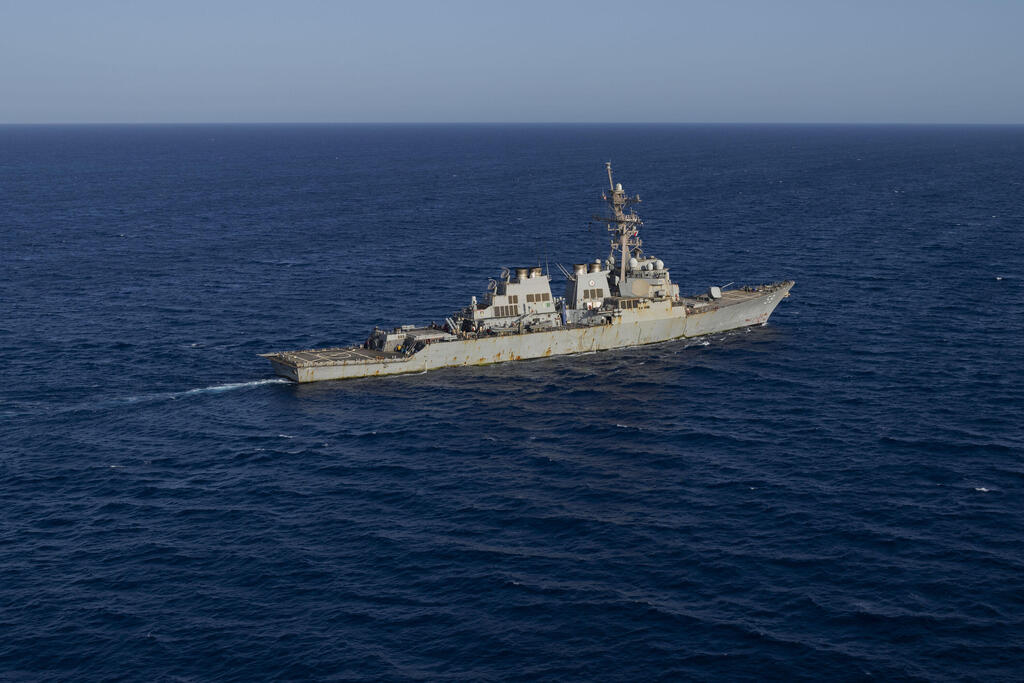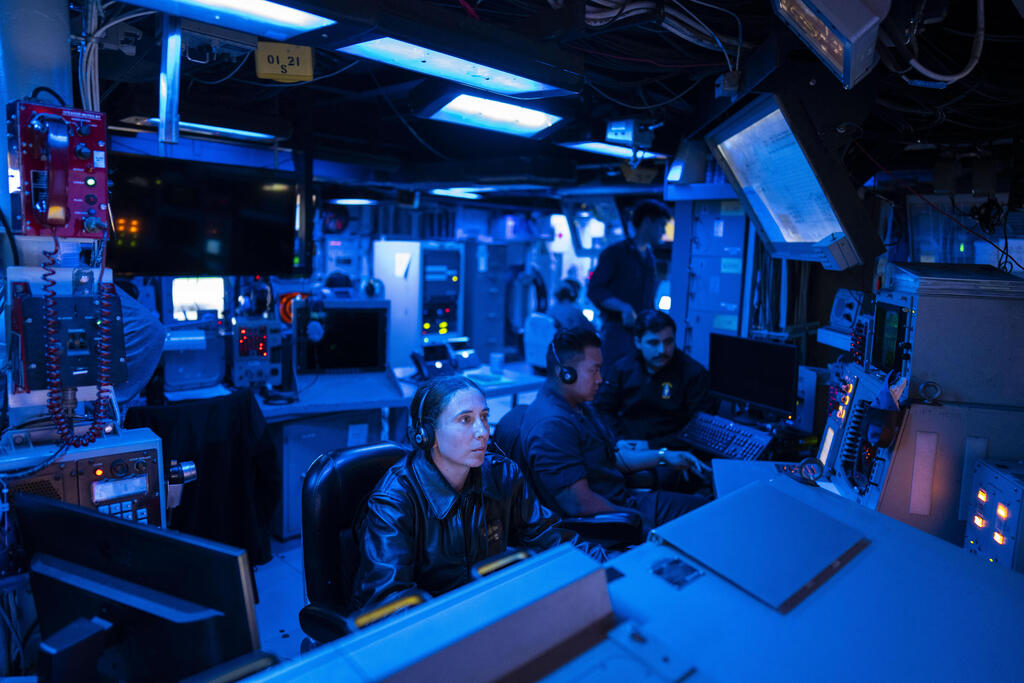For years, the U.S. Navy has been preparing for major maritime confrontations with superpowers like the Soviet Union, Russia, and China. But instead, it has found itself ensnared in a relentless, drawn-out clash with Yemen's Houthi rebels, backed by the Ayatollah regime within the Islamic Republic. According to Navy leaders and defense experts, this is the most intense naval combat they've seen since World War II.
A Houthi exercise against the US and Israel
The U.S.-led mission to protect shipping routes in the Red Sea was launched last December after a series of Houthi attacks on commercial vessels forced many companies to suspend operations in the region. U.S. Secretary of Defense Lloyd Austin announced the creation of a multinational force, enlisting nations like the United Kingdom, Canada, France, Italy, the Netherlands, Norway, Spain, and more. This mission has been in full swing daily, yet it often gets overshadowed by Israel's conflict in Gaza.
The Houthi arsenal, once limited to rifles and pickup trucks, has now expanded to include a vast array of drones, missiles, and more. Amid these daily assaults, over 50 ships have been targeted since November, causing a significant drop in traffic through the crucial Red Sea corridor leading to the Suez Canal and the Mediterranean Sea. While the Houthis claim their attacks aim to halt the war in Gaza and support Palestinians, they are simultaneously fortifying their position in Yemen. All signs indicate that the fighting will escalate, putting the U.S., its allies, and commercial vessels navigating the corridor at risk.
"People don't quite grasp how serious our work is and the risks our ships face," said Senior Officer Eric Blomberg, commander of the American destroyer USS Laboon, which has been active in the area since the multinational alliance was formed. Speaking with an AP news agency team, he added, "One slip-up, and the Houthis could break through."
Seconds to Act
In the heat of battle, sailors aboard guided-missile ships often have mere seconds to identify Houthi launches, relay the information to colleagues on other vessels, and initiate countermeasures against incoming missiles. "This is our daily grind, every shift, and some ships have been at it for over seven months," says Senior Officer David Rowe. On January 9, for instance, the destroyer, along with other ships and F/A-18 fighter jets from the aircraft carrier USS Dwight D. Eisenhower, intercepted a barrage of 18 drones, two anti-ship cruise missiles, and a ballistic missile.
Except for a brief lull during Ramadan, the Houthis launch missiles or drones nearly every day, or stage some form of attack in the Red Sea area, the Gulf of Aden south of Yemen, and the Bab al-Mandab Strait linking the Red Sea to the Indian Ocean.
Though the Navy faced combat in the Persian Gulf during the 1980s Iran-Iraq War, where ships were attacked, that conflict mainly involved dealing with mines—quite different from the direct assaults by the Houthis. "This is the most prolonged combat the U.S. Navy has faced since World War II," asserts Bryan Clark, a former Navy submariner and now a senior fellow at the Hudson Institute. "We're nearing a point where Houthi attacks might overwhelm U.S. defenses, leading to significant damage. If we let this escalate, they could become a formidable force with far greater capabilities."
Iranian Intelligence and the Danger by Sea and Air
While the Eisenhower aircraft carrier generally maintains a safe distance, other ships like the Laboon often operate six days a week near Yemen's shores—in a combat zone where they can be attacked at any moment.
History has shown the U.S. Navy's vulnerability to deadly attacks in the Middle East. In 1987, 37 American sailors were killed when an Iraqi fighter jet launched a missile at the destroyer USS Stark in the Persian Gulf, nearly sinking the ship. In another tragic incident in 2000, 17 American sailors lost their lives, and dozens were injured when an al-Qaeda bomb-laden boat exploded near the destroyer USS Cole while refueling in Yemen's port of Aden.
Just last Wednesday, the USS Cole was on patrol in the Red Sea during a Houthi unmanned vessel attack on a commercial ship that was disabled and unable to continue its journey. Yesterday, according to the UK Maritime Trade Operations (UKMTO), the ship was abandoned and remains adrift in the Red Sea without its crew. Senior U.S. Navy official Mark Miggs reported that an underwater unmanned vessel carrying explosives was neutralized.
"We're pretty certain that Iran is not only financially backing the Houthis but also providing intelligence support," Miggs said. "We know the Houthis have been trained to target transport ships and American warships." When asked if the Navy believes Iran is selecting targets for the Houthis, Miggs replied, "There is definite cooperation between the rebels and Tehran." He also emphasized that Iran continues to arm the militia despite UN sanctions restricting arms transfers to Tehran.
The U.S.-led coalition frequently targets Houthi assets in Yemen, primarily through airstrikes. These targets include radars, launch sites, weapon and ammunition depots, and more. In one strike at the end of last month, the Houthis reported 16 casualties. To date, air crews from the Eisenhower aircraft carrier have dropped over 350 bombs and launched 50 missiles at Houthi targets in Yemen. Conversely, the Houthis have managed to down several MQ-9 Reaper drones using surface-to-air missiles, which they often document and disseminate through videos and photos.





